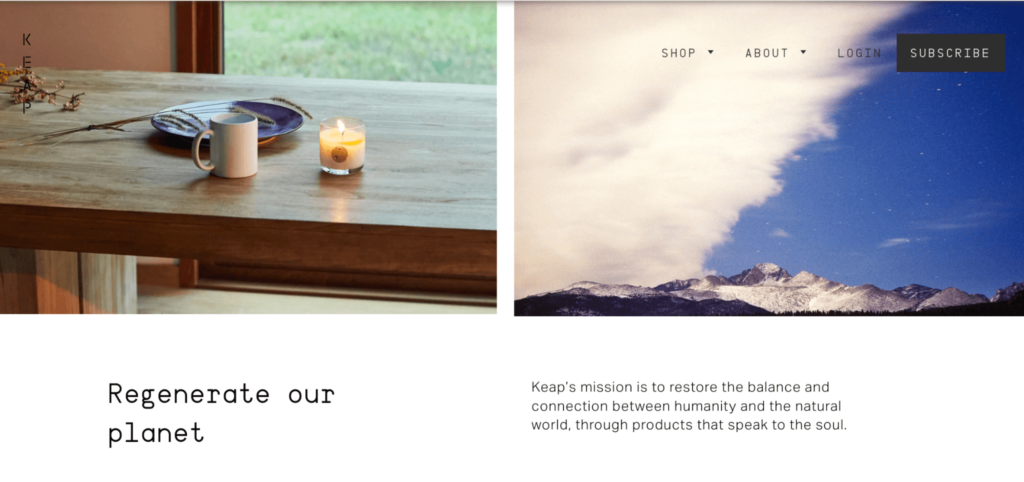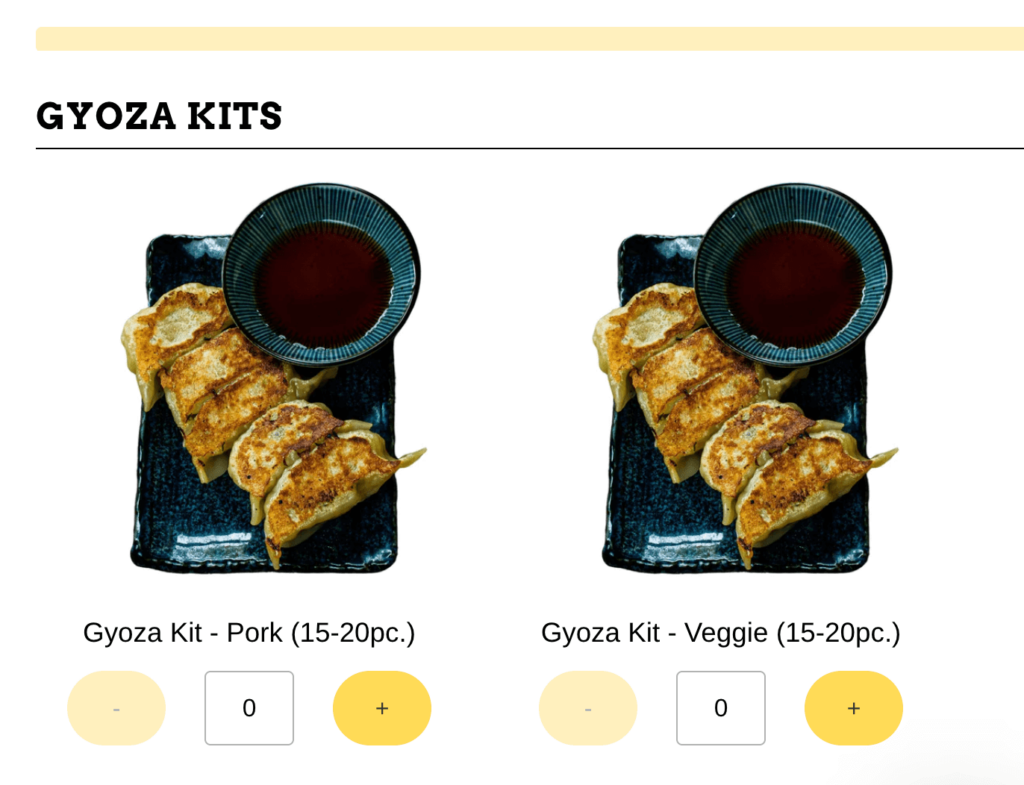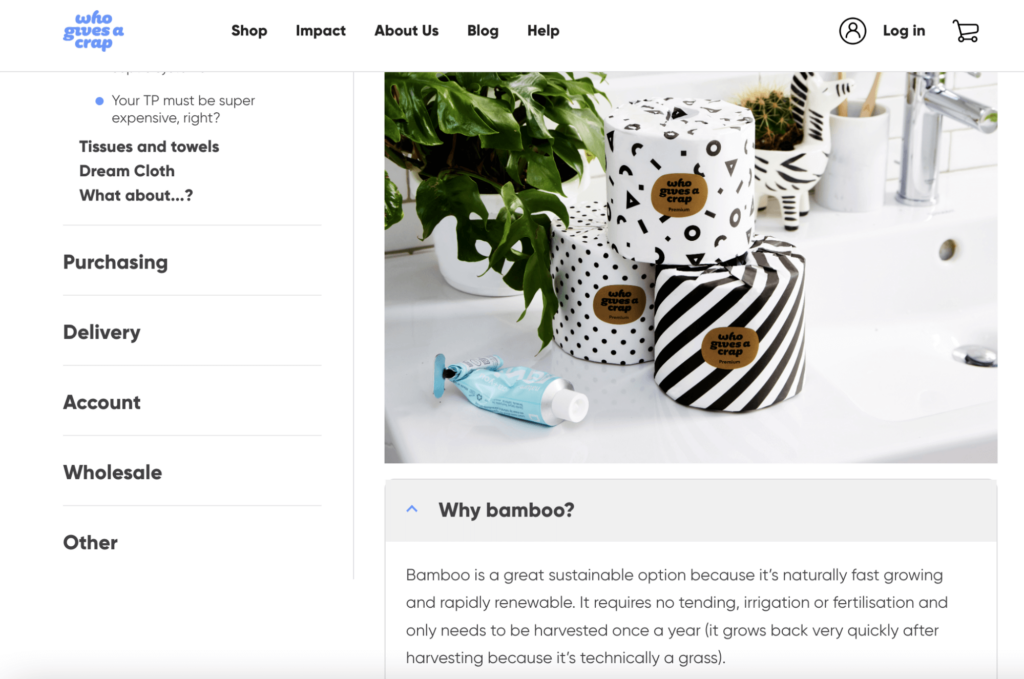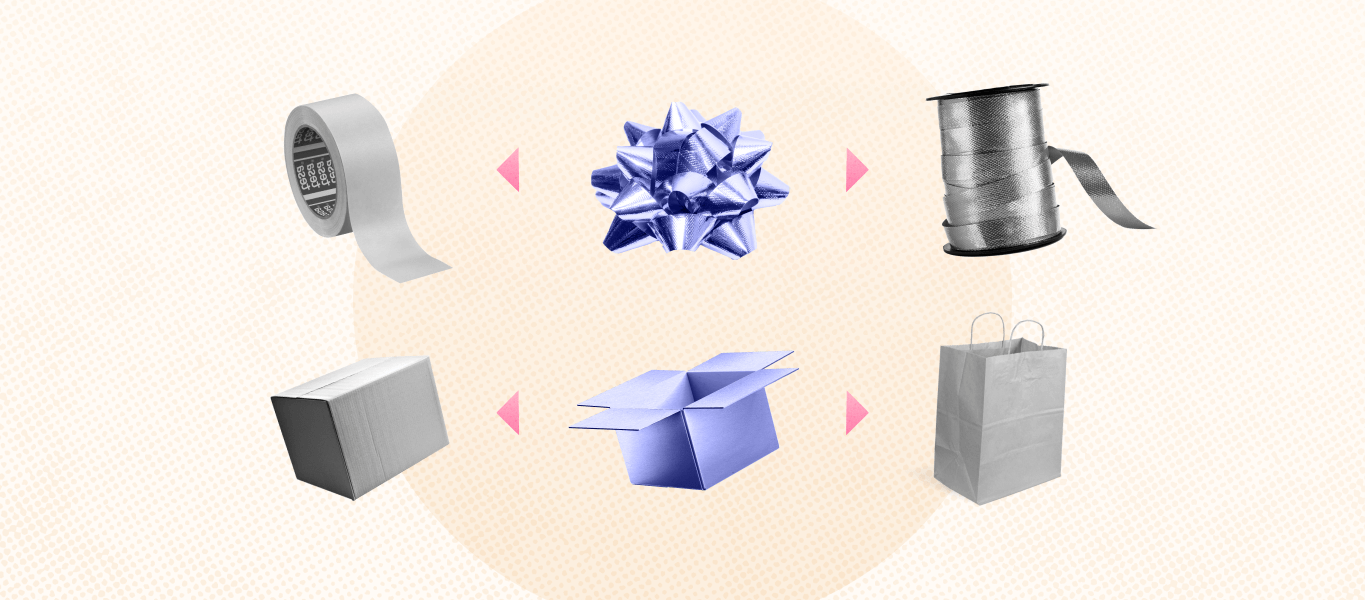Product boxes and packaging are crucial—and yet often overlooked—components of online stores. For smaller merchants or those just starting out in the industry, product packaging is often the first thing to be sacrificed in order to reduce overhead costs.
Having a custom box or premium UV coating is usually less of a priority for a business that is trying to pool its funds into having a quality product. In that same vein, a small business will probably choose a cheap packaging tape over the more expensive option since it would have less of an impact on the branding experience.
But, businesses would be wise to think deeper about how product boxes and customizing them can go hand-in-hand with an excellent experience, especially for subscriptions where a customer will repeatedly interact with your shipments. Continue reading below for more tips on how the packaging boxes you choose and what you print on them can make a big difference.
Key takeaways
- Know your product and design your packaging to complement it.
- Know your audience and what would speak to them.
- Know your budget and choose the most cost effective option to thin out your margins.
Why merchants should care about custom boxes
As competition against ecommerce marketplaces like Amazon rise for direct-to-consumer (DTC) brands, customer service and even the fufillment and shipping process can be exactly what sets purchasing directly from your business apart. Especially with the rise of omnichannel marketing and user-generated content, the unboxing experience is often what influencers and creators lean into for marketing campaigns.
We see it all the time with celebrity brands—often, the unboxing experience itself is what goes viral and boosts your brand presence. This becomes a major consideration for ecommerce brands who have fewer touch points with customers than brick-and-mortar shops that have the added in-person opportunities to interface with customers.
Everything you need to know about designing custom product packaging
So now that we know why product packaging is important, we need to understand the strategy behind designing it. We can break it down into three main ideas:
- Know your product
- Know your audience
- And know your budget
Understanding these three aspects of your business will help you select the best product packaging for your business.
1. Know your product
It seems like knowing your product should be a no-brainer in planning for custom packaging, but it’s what you do with that knowledge that makes all the difference.
You have to consider what sort of packaging boxes would make sense for the type of product you sell—this can be something as simple as knowing that your product contains fragile items, so foam inserts might make more sense in the box than just tissue paper. From there, your packaging design can take shape.
Keap Candles’ spin on a custom box
Keap Candles was able to stay aligned with their eco-friendly approach in packaging products because they made the connection that every part of the candle can be replaced with a friendlier alternative for the planet. They don’t use adhesives, the wicks are easy to remove, they use regeneratively grown palm wax, the candleholders are easily repurposed, and their packaging is 100% plastic free.

Tips for designing custom packaging that complements the product
It may seem simple, but some good questions to start off with when thinking about a packaging box that will complement your product are:
- What is the shape of the product?
- How heavy is the product?
- How is the product going to be used?
- How often will this product be used?
- How will the product be purchased?
Retail packaging already is a different realm than packaging for products purchased online. If the product is going to be purchased in a store, you don’t really need to worry about things like shipping boxes or poly mailers. This also means that if your product is more delicate, there’s less of a need for extra protection, since you won’t have to worry about it traveling long distances or being tossed around in trucks or planes.

When you consider other things like how a product will be used and how often, your packaging needs will also need to make sense for the product’s use. For example, perishable food items need to be in a type of package or box that preserves the food for the trip—whether that’s retail boxes when purchased in person or subscription boxes that are delivered each month.
When you move beyond the functional and logistical aspects of knowing your product, you should also consider how your custom packaging can remain cohesive with your brand. This can be anything from the color palette to the kind of typeface you print to the actual product packaging supplies. Your product packaging design can still be fun while staying simple, like simply placing your logo on a custom printed box.
Make sure the material you decide on complements the product too. If your product boasts about its small ecological footprint, then using corrugated boxes which are the most recycled packaging material in the world would make sense.
2. Know your audience
The type of packaging you choose should be reflective of the product but also the customers receiving it. It’s important to understand who your target audience is and how they’ll receive your product to keep the experience on brand while also making sense for them.
Design custom boxes according to your audiences’ tastes & preferences
Packaging that stands out but also makes sense can vary depending on your audience.
If your product is primarily for younger customers, then having packaging that is attention grabbing, creative, and unique can be a big part of expressing your brand identity. On the other hand, if your product is aimed for older audiences, having functional and easy to understand packaging will end up being more effective in establishing an excellent customer experience.
The first impression your customers get when they purchase from your business is your best bet at creating an above and beyond experience. If your customers can’t figure out how to open their new subscription box, they’re likely not going to purchase again or leave a glowing review.
How Dae Hair’s packaging considers their target demographic
An example of a brand that’s done this well is Dae Hair, a haircare lined based out of Arizona which is targeted toward younger women who care about clean and simple ingredients. Their products are available DTC, but also exclusively at Sephora where it is certified “Clean at Sephora.” This is a label which is reserved for products that are formulated without parabens, sulfates, SLS and SLEs, phthalates, mineral oils, formaledehyde, and more.
Dae’s target demographic is more likely to purchase products under this certification, and subsequently, this demographic is also more likely to care about environmentally friendly packaging.
A survey from Digital Commerce 360 shows that 77% of Gen Z has taken action for a cause they believe in, so it’s important for brands to emphasize when they are eco-friendly, sustainable, and more. This is true for custom product packaging, too.
It makes sense then that Dae Hair has a landing page dedicated to their sustainability efforts where consumers can learn that their styling cream product has a tube that is made from bioresin, and the cap is 100% post-consumer recycled materials.
This is just one example of how small businesses can package a product perfectly to reflect both the product and its customers.
3. Know your budget
When it comes to budget, you’ll want to consider that there are one-time costs and ongoing costs related to packaging solutions. One-time costs can include paying for design services, like hiring a packaging designer or a graphic designer to create your logo.
Ongoing costs are those more commonly thought of when merchants budget for packages. They include the more common components like custom printed boxes, mailer boxes, packaging supplies, and other materials or tools. This is especially relevant for a curated subscription box which will often emphasize the branding and unboxing experience more than its counterpart.
When searching for services like a material supplier, you’ll often be met with things like an instant quote option so you know exactly what your final order will come to. While this is helpful to get an idea, there may be unforeseen costs to consider like damaged goods, items lost in transit, or increased shipping costs if you opt for a uniquely shaped box.

Create product packaging that you can afford & that won’t add too much to the cost
It would make sense to opt for the nicest materials and designs to create an unforgettable unboxing experience, but merchants also need to be strategic with their finances too. While brands shouldn’t sacrifice certain aspects like print quality, there are other areas where merchants can choose the more cost effective option.
For example, smaller merchants can opt to make a one-time purchase for a stamp and choose more of a DIY approach to offset printing costs for labels or stickers. Or, by opting for the less aesthetic box for small accessory components that complement the main product.
On the other hand, digital printing may be the cheaper option when it comes to products like clothing. It’s often more affordable than getting clothing embroidered, for example.
Apart from the packages themselves, ongoing costs will also include the actual shipping logistics which can have a considerably high impact in budgeting. If your product is extra large or requires custom sizes of shipping boxes, then something to consider is having a minimum order amount to help offset the costs of shipping.
Creating product packaging is a thoughtful process
At the end of the day, strategically thinking about the way you’ll box your product is more about how you create an experience. Having a solid package that incorporates strong branding in your printing and boxes, considers your customers, suits your product, and also doesn’t break the bank, can set your store apart in its industry.
The best piece of advice I can leave you with: Think outside the box.
Sources
[1] DTC Ecommerce defnition (Recharge ecommerce glossary)
[2] Keap Candles - Our Vision (Keap Candles)
[3] 5 recyclable packaging materials for your business (Recharge blog)
[4] Strategy Insights: 8th Annual Retail Marketing Survey (Digital Commerce 360)
[5] Logistipedia ()



